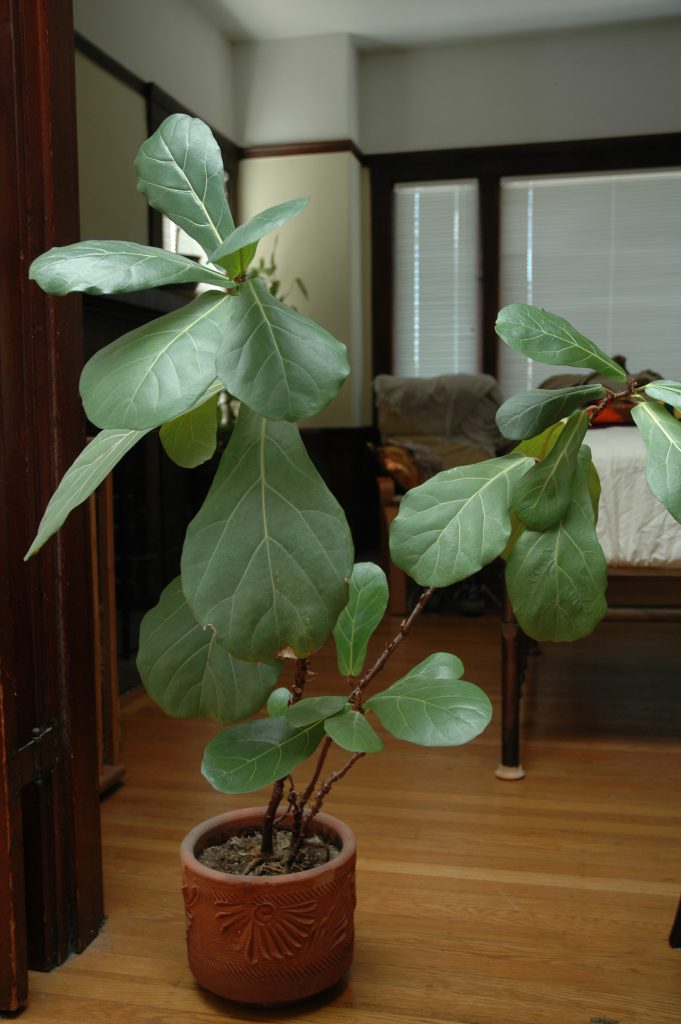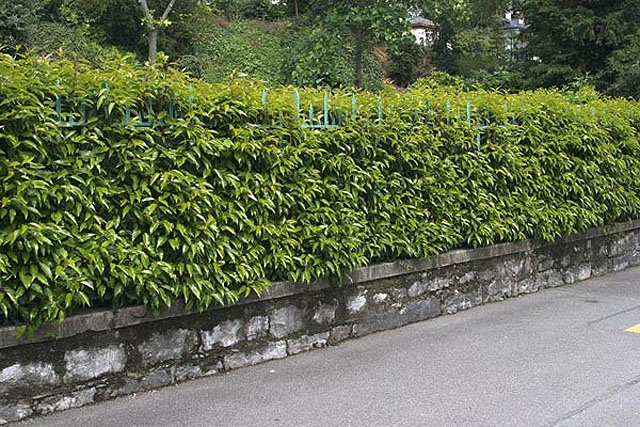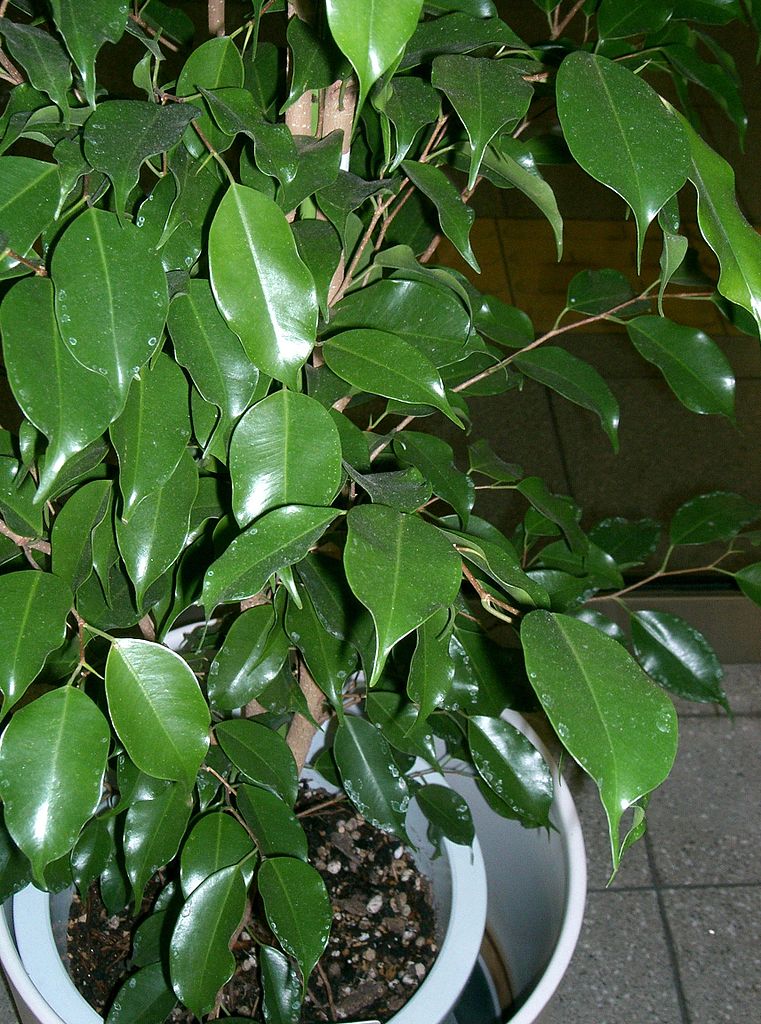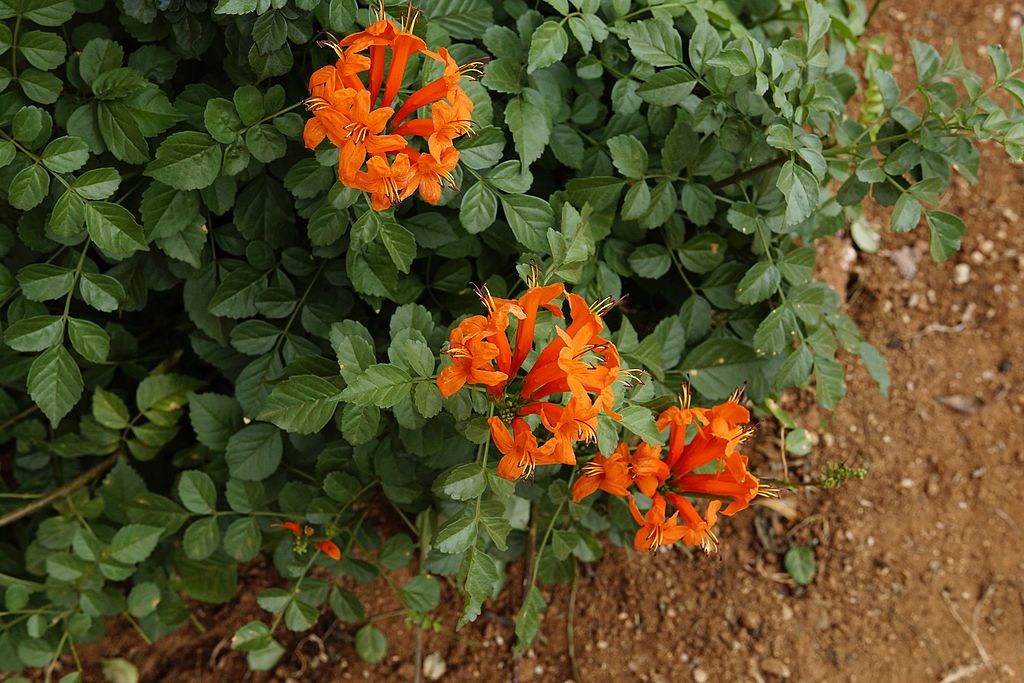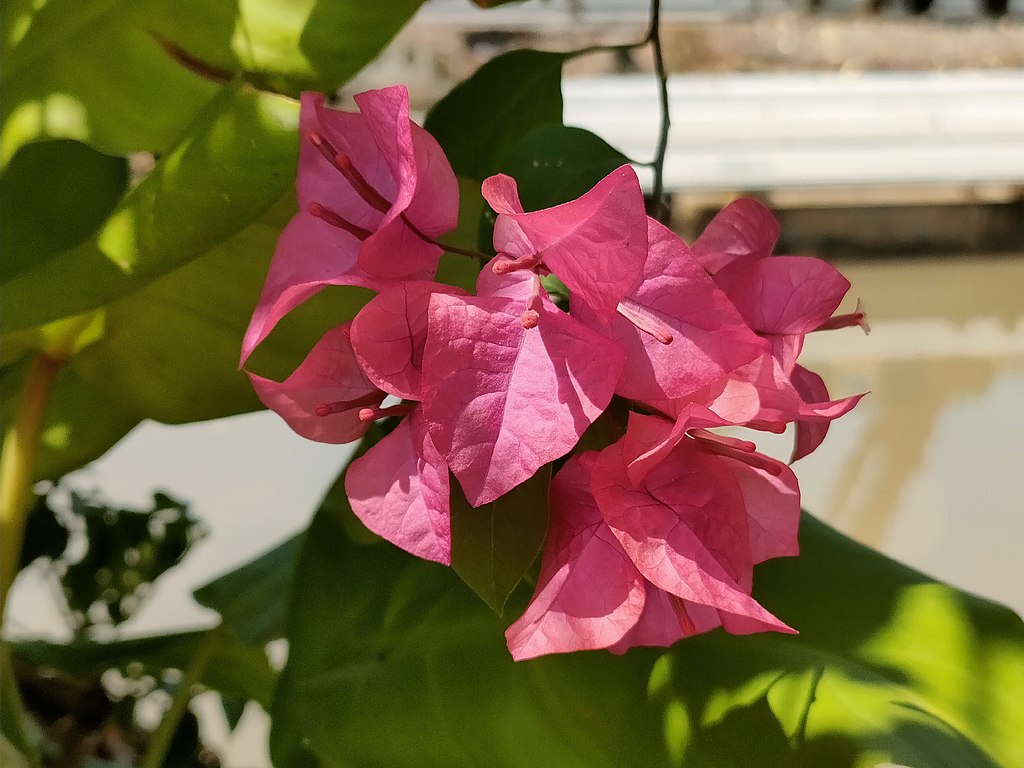Ficus lyrata, commonly called the fiddle-leaf fig, is a perfect indoor specimen plant.
The plant features very large, heavily veined, and violin-shaped leaves that grow upright on a tall plant.
Ιs a species of evergreen tropical tree native to the tropical lowlands of western Africa.
It was first introduced to Europe in the 1700s and has been popular ever since.
Belonging to the fig/mulberry family, Moraceae, it takes its nickname from its giant green leaves: They are similar to the size and shape of a lyre (the popular musical instrument in Ancient Greece, the musical instrument of god Apollo).
Ficus lyrata’s leaves are also known for being alternately arranged. The leaf shapes can be different for different stages of life, a fairly unique characteristic.
Like most figs, they are temperamental and extremely sensitive to environmental conditions, especially the cold.
According to “Interior Designers Are In Love With Fiddle Leaf Fig“, fiddle-leaf fig makes an excellent inhouse decoration plant. With its stunning silhouette and fabulous branching forms, the aesthetic effect of its large green leaves is unmatched.
There are different ways in which interior designers use fiddle fig tree in a house or office:
- To add emphasis on a green accent colour
- As a focal point
- Fill up space
- Lighten up the entryway
- Neutralize a busy room
- Decorate the bedroom
How to grow Ficus lyrata indoors
These plants are native to the tropics. They grow in warm and humid conditions.
As a home grower is likely to have trouble duplicating these tropical steamy conditions. It could be a challenge.
On the other hand, they relatively robust plants that can withstand less-than-perfect conditions for a reasonably long time.
Situate it in a floor-standing container where the plant is allowed to grow to at least 2 meters tall (most indoor specimens reach around 3 meters tall).
Light
Ficus lyrata require bright, filtered light.
They can even tolerate some sun, especially if placed in an eastern-facing window, but direct sunlight can burn the leaves, especially on hot summer days.
Plants that are kept too dark will fail to grow rapidly.
Ficus lyrata will only keep leaves that face the light.
Position
This plant does not like to be turned or be moved frequently.
Position the plant permanently and keep it clean by dusting with a piece of soft damp cloth. The leaves will appear shinier, but will also improve photosynthesis, as more sunlight will reach the leaves surface.
Ficus lyrata will only keep leaves that face the light. Leaves facing a darker wall or corner will not last. Expect your ficus to loose leaves if you move or re-position the plant.
Avoid a spot with currents of cold or hot air. This plant doesn’t like sudden temperature shifts.
Stake and prune as needed.
Soil
A good, fast-draining potting soil will do nicely. Ensure that the soil drains well.
Water
Keep moist, but don’t allow it to sit in water or it will drop leaves and suffer from root rot.
Fiddle-leaf figs like a moderate amount of moisture in the soil.
If the plant doesn’t get enough water, its leaves will wilt and lose their bright green color.
If on the other hand gets too much water, the plant might drop its leaves and suffer from root rot, which ultimately can kill it.
During the growing season (spring to fall), water your fiddle-leaf fig when the top inch of soil feels dry.
And over the winter months, water slightly less.
Please note that these plants are sensitive to high salt levels in the soil.
Instead of tap water, you can use bottled water.
If you are limited to tap water, at least monthly, flush the soil until water comes out the bottom of the pot. This technique helps to prevent salt build-up.
Temperature
Fiddle-leaf figs don’t like extreme temperature fluctuations.
Place the Ficus lyrata in a room with a temperature between 15 to 27 degrees Celsius.
Avoid a spot with currents of cold or hot air. This plant doesn’t like sudden temperature shifts. Do not place it near air condition units or heating vents.
Pruning indoor fiddle-leaf fig
A fiddle-leaf fig benefits from having its leaves pruned every so often. Cut back any damaged leaves, overgrowth, or crossing branches to let the plant breathe.
Make any cuts about 2.5 centimeters away from the trunk to avoid any damage.
If you are taking off a dead brown leaf, pull on it very gently before trying to cut it because it may come off by itself.
How to grow ficus lyrata plant outdoors
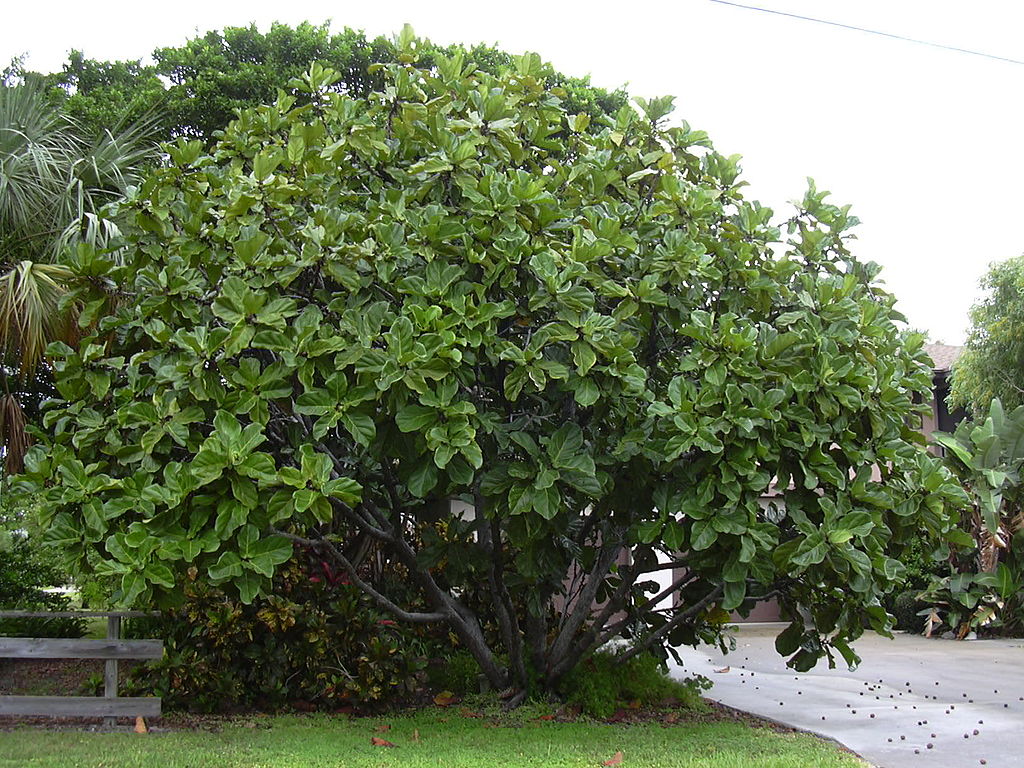
Fiddle-leaf figs can thrive outdoors as long as you live in a tropical or semi-tropical climate that is close to the conditions of the ficus lyrata’s natural environment.
If you leave in an area with cold winters, it is better to grow ficus lyrata plants in pots, so that you can move them inside when temperatures drop bellow 10 degrees Celsius for a long period.
Invasive roots and possible problems
In California cities see fiddle-leaf figs cracking sidewalks and invading neighboring properties.
The Ficus tree’s root system is very invasive. Merely planting this tree without any guidance can later lead to buckling pavement on driveways, streets, curbs, and damaged underground utilities and drains.
You can find more usefull information, reading: “Ficus Trees in California and How to Control Their Invasive Roots” (https://www.pacificoutdoorliving.com/blog/ficus-trees-california-control-invasive-roots).
You can also check the article “Help! Fiddle Leaf Fig Roots Above Soil” By Alice Ramey.
Light
Wild fiddle-leaf figs grow in rainforests where they get lots of indirect sunlight below the thick forest canopy, but fiddle-leaf figs can also thrive in full sun as long as the temperatures and humidity are ideal.
If you leave your plant in the direct sunlight for extended periods of time, you may damage your fiddle-leaf fig plant. The leaves may become scorched or your fiddle leaf fig could get sunburnt and the plant may suffer from dehydration. The first signs of this could be white spots on your fiddle leaf fig which are an indication of burning. Soon afterwards, these patches will turn brown and the leaf as a whole may turn yellow and dry out while drooping. Eventually, the leaves will drop off because the plant is trying to conserve water and energy.
It is best to keep this plant in bright, indirect sunlight.
Soil
You need to plant your fiddle-leaf fig in a rich, loamy soil with lots of nutrients and a healthy balance of clay, sand, and organic material.
They do best in soil with a fairly neutral pH ranging from 6-7.
You can amend the soil with compost or organic matter.
Water
Make sure to water fiddle-leaf fig deeply and regularly during the growing season.
During the winter months, you can reduce watering to once per month.
Temperature
Fiddle-leaf fig’s natural habitat is warm and humid. Typical temperatures range from 16 to 27 degrees Celsius, and humidity levels may get as high as 60%.
Pruning an outdoor fiddle-leaf fig
You may find that you need to remove some material from your outdoor fiddle-leaf fig to keep it healthy and shaped.
If you notice dead or diseased material on your fiddle-leaf fig (leaves with brown spots, mold, etc.), be sure to prune these off and throw them away in the garbage, not your compost pile. You don’t want to spread those pathogens!
If your tree starts getting a wonky shape, leaning, growing into areas where it becomes a hazard, or otherwise getting a little unruly, you can “lop” off branches to bring it back into balance.
For extended knowledge on growing Fiddle-leaf figs outside, I suggest to read the excellent article: “Caring For a Fiddle Leaf Fig Outdoors“.
Common Fiddle Leaf Fig Pests & Diseases
Like most house plants fiddle leaf figs are susceptible to damage from pests, bugs and diseases.
Aphids
Small bugs (in green, black, brown colors) that tend to form little colonies and feed on plant’s sap.
Scale
Scale bugs are small, flat, oval shaped bugs with brown shells (little brown lady bugs). You will find scale insects hidden underneath the foliage on your fiddle-leaf fig as well as on the stem where leaves connect.
Similar to aphids scale insects also feed on your house plants sap.
Spider mites
These mites are extremely small and can be difficult to notice from a distance. Ranging in color from red to green/ yellow, these mites will leave tiny webs throughout your plant.
Spider mites cause damage to your fiddle-leaf fig through eating your plants nutrients, they also harbor diseases which can be dangerous for your plants health.
Whiteflies
Are small, flying, white colored insects. Similar in shape to moths are typically found on the top of plants or near the end of stems. Whiteflies are a common pest encountered by house plant keepers and are particularly prevalent in greenhouses.
They also feed on your house plants sap.
Mealybugs
Mealybugs are similar in size to the previously mentioned scale insects. However, unlike scale insects mealybugs, have a white cotton like appearance. Mealybugs typically will remain well hidden on your fiddle-leaf fig. They gravitate towards the little nooks of the plant including the underside of leaf joints and foliage.
Root rot
Root rot is a fungal disease that attacks the plants roots, commonly beginning from over-watering.
Signs that your fiddle-leaf fig could be suffering from root rot are brown/black spots on the leaves.
These symptoms will begin on the bottom leaves first before making their way up the tree.
The veins on the bottom leaves may also turn brown/black and have mushy stems. In severe cases, the soil may have a funky smell.
Edema
Edema is a disease that occurs when you over-water or inconsistently water your fiddle-leaf fig (ficus lyrata), causing the roots take in more water than they can use.
Other factors can be poor air circulation or irregular fertilizing.
This causes the leaf cells to burst and they show as little bumps on the underside of the leaves.
The bumps can be yellow or white in colour before eventually turning to a reddish brown dry spot where the cells have burst.
You will find more information from: “Common Fiddle Leaf Fig Pests & Diseases“.
Greek name: Φίκος Λυράτα.
Sources: https://www.thesill.com/blog/how-to-care-for-fiddle-leaf-fig-ficus-lyrata, https://www.designscene.net/2020/09/fiddle-leaf-fig-interior-design.html, https://www.thespruce.com/grow-fiddle-leaf-fig-indoors-1902756, https://fiddleleaffigplant.com/caring-for-a-fiddle-leaf-fig-outdoors/, https://www.valentine.gr/ficus_lyrata_gr.php, https://houseplantauthority.com/fiddle-leaf-fig-outdoors/, https://indoorplantaddicts.com/fiddle-leaf-fig-pests-diseases/
Tags: ORNAMENTAL PLANTS

